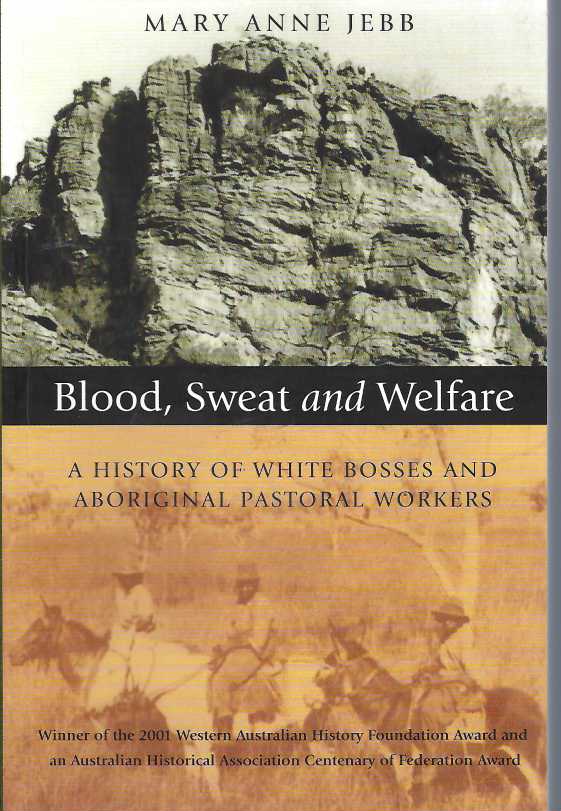WEST AUSTRALIANA ABORIGINAL
This book is a powerful and moving history of Aboriginal people in the south west of Western Australia covering a time when they experienced profound changes in their way of life and status in the community. Their independent life in the bush, on stations and on their own small farms was progressively eroded by discriminatory laws, bureaucratic interference and overt racism. The Aborigines’ dignity and strength as they battled to maintain their independence and pride offer lessons for all people.
- 1. Aborigines and agricultural development
- 2. New policies and laws
- 3. Implementing the 1905 Aborigines Act: 1905-1911
- 4. Clash in the wheat belt
- 5. A new broom
- 6. Institutional life
- 7. The town reserves
- 8. New directions
- 9. Aborigines and the depression
- 10. Harsh policies for hard times
- Epilogue
- Appendix I. Aboriginal reserves
- Appendix II. Correspondence relating to the Native Union.
- Aboriginal Australians — Western Australia — Government relations
- Aboriginal Australians — Western Australia — History
- Race relations – Racial discrimination – Economic
- Habitation – Camps – Fringe and town
- Government policy – Initial period and protectionism – 1901-1925
- Government policy – State and territory – Western Australia
- Government policy – Assimilation – 1926-1950
- Child welfare – Children’s homes
- Western Australia — History — 20th century
- Katanning (SW WA SI50-07)
- Brookton (SW WA SI50-02, SI50-03)
- Kellerberrin (SW WA SH50-15)
- Carrolup (SW WA SI50-07)
- Gnowangerup (SW WA SI50-07)
- Beverley (SW WA SI50-02)
- Moore River (SW WA SH50-14)
- Narrogin (SW WA SI50-03)
|
“When Europeans first arrived in the Kimberley, a turbulent era began for the Indigenous people. To survive, they aligned themselves with white men through unspoken and unequal contracts of ownership and protection. Aboriginal men were forced to fight for their own women, children and resources, and many were driven away from pastoral stations or gaoled.” “Until 1968, when equal wages were finally granted, black pastoral workers received only a pocket money allowance and rations. By then the stations no longer sustained them, and Aboriginal people gradually moved towards towns and reserves, where Welfare and Social Security became their only means of survival.”. “In this study, survivors of this devastating time speak openly to Mary Anne Jebb about first contact between blacks and whites, the arrival of Welfare, and the demise of pastoralism in the northern ranges. Alongside their oral testimonies, the author draws on a range of written archives to explore what really happened during the settlement of the Kimberley.” |
|
| [xv], 364 p. : ill., map ; 21 cm. Includes bibliographical references (p. 391-403) #0521/0821/111123 |
|---|
